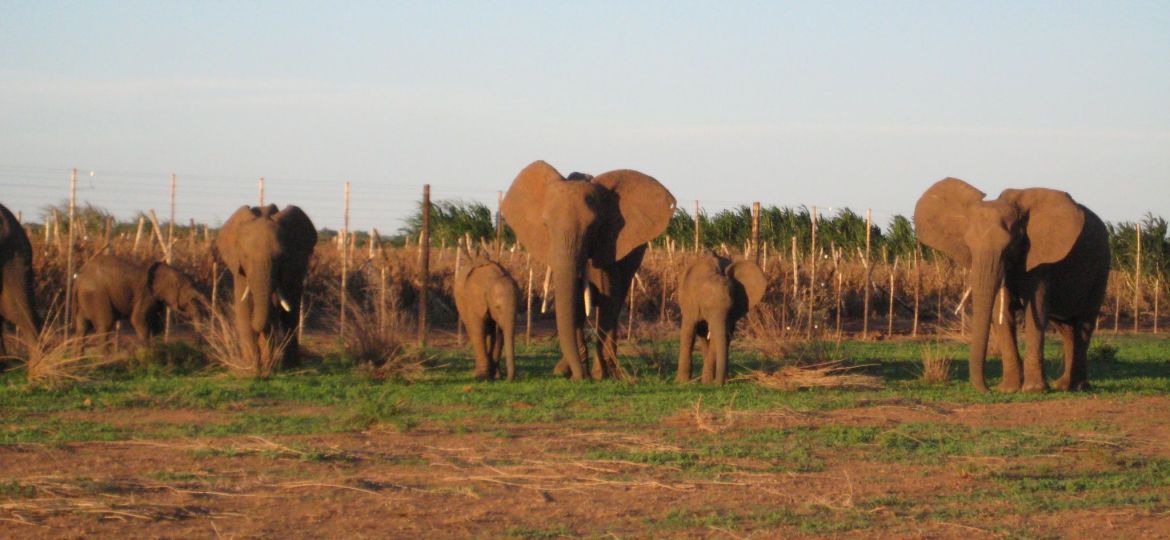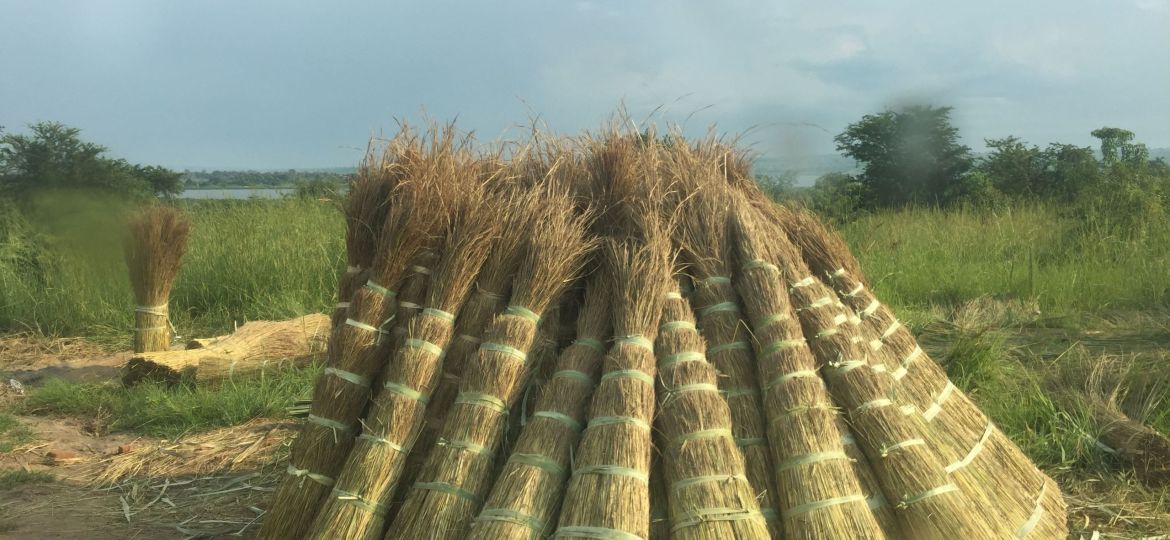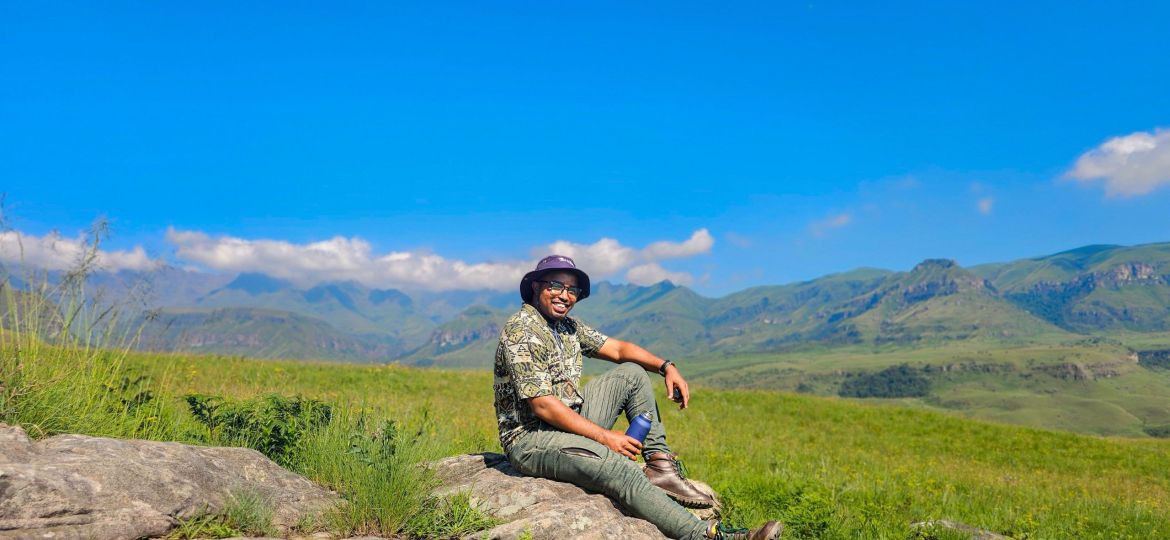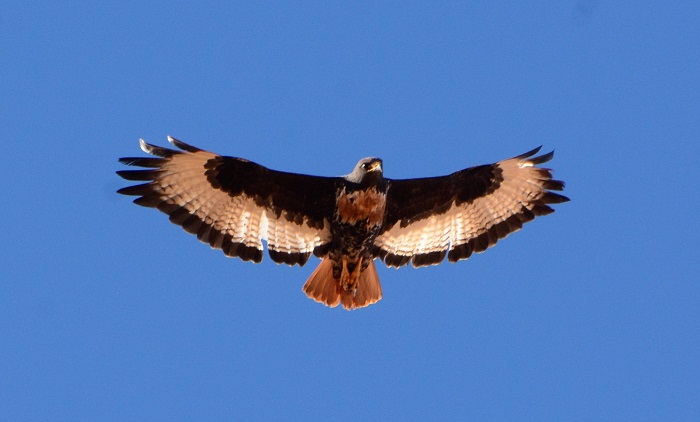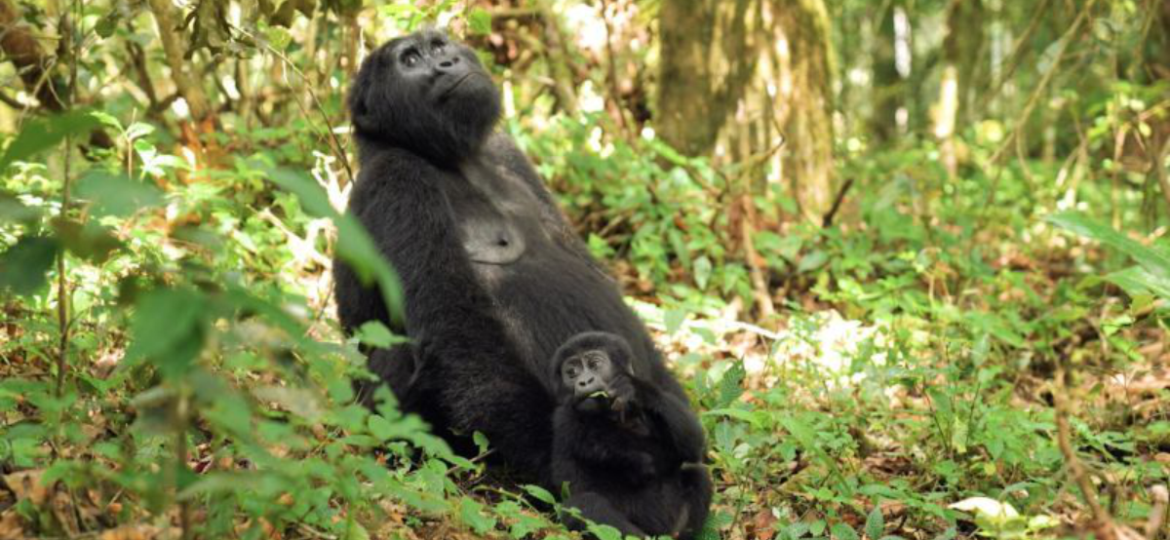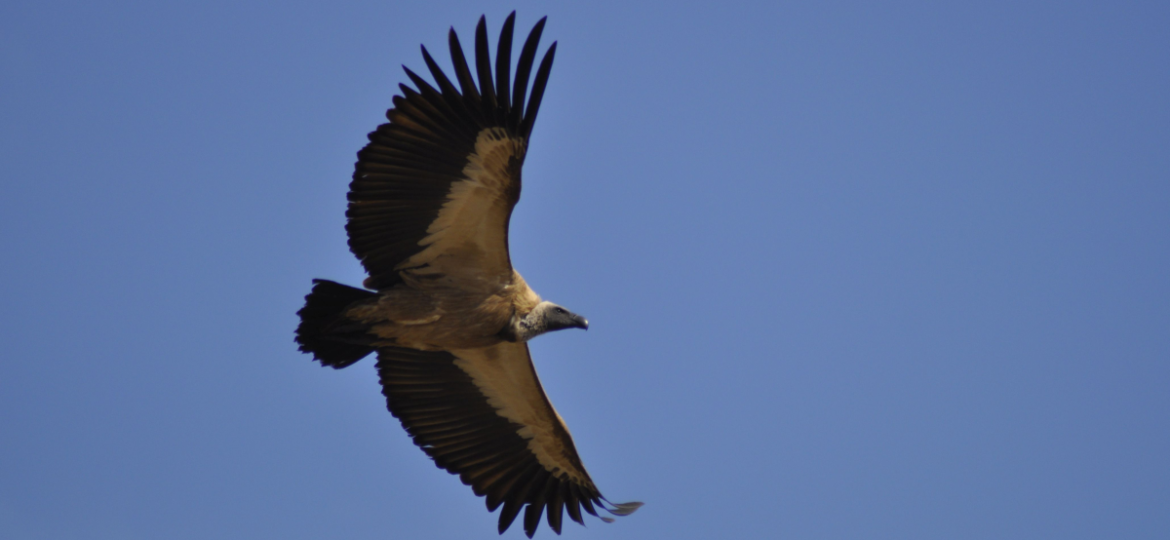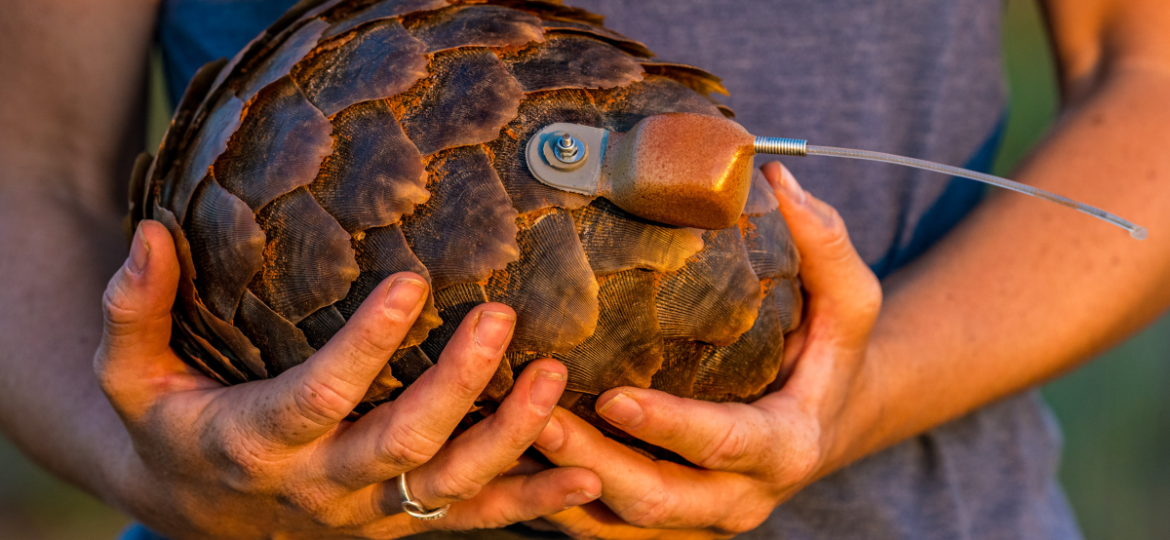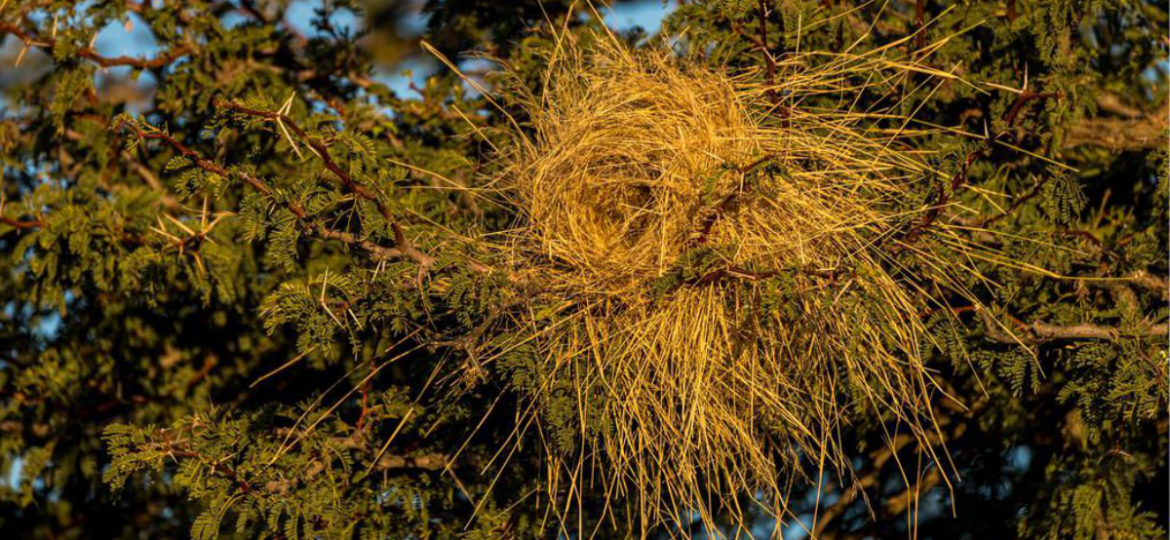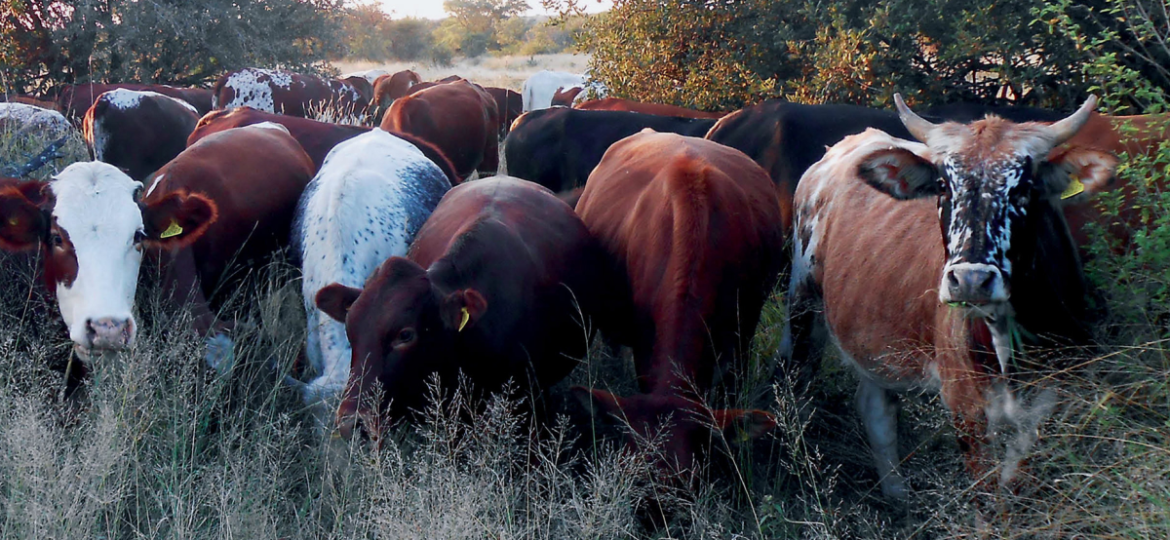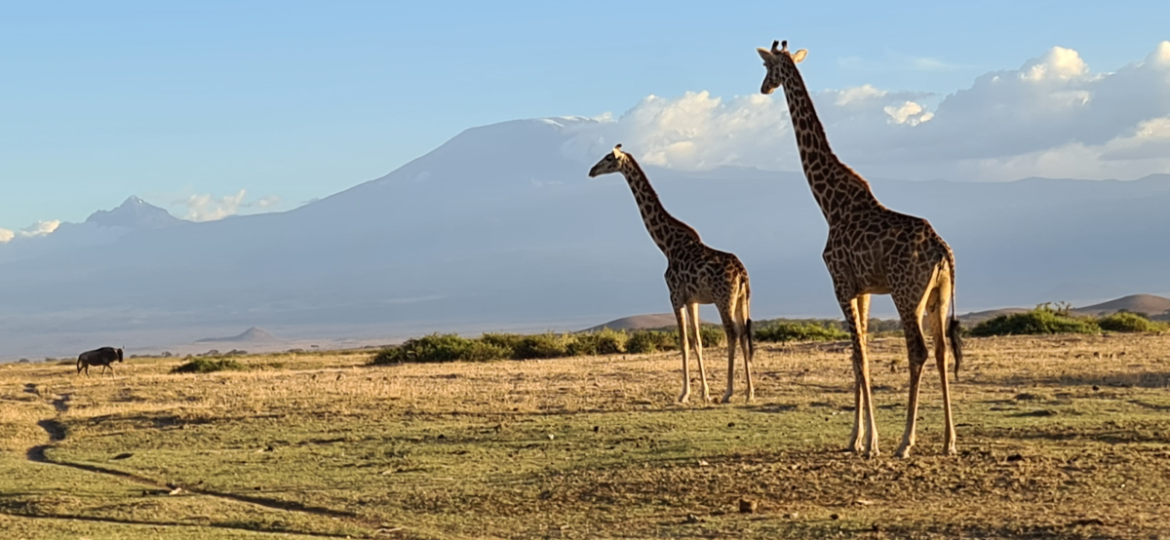In Mpumalanga, where farmland, forests, mining, and communities meet the Kruger National Park, Professor Dan Parker leads a groundbreaking biodiversity research effort. Backed by a major research chair, he is tackling the real-world tension between development and conservation proving that science can shape sustainable solutions in a climate-challenged world.
Yves Vanderhaeghen
Africa’s wild side holds untapped wealth. Edwin Tambara reveals how wildlife economies can power communities, conservation, and the continent’s future.
Rhodes scientist Dr. Lindokuhle Dlamini shows how fire-managed Drakensberg grasslands store more carbon than tree planting, protecting water & climate.
Discover the urgent need to protect South Africa’s endemic Jackal Buzzard, a vital raptor threatened by wind turbine collisions amid rapid green energy development. Research by Merlyn Nkomo highlights the risk of extinction within a century if mitigation efforts aren’t implemented. Learn how balancing renewable energy and biodiversity conservation is crucial for safeguarding this irreplaceable species and promoting sustainable solutions.
It started with itchy gorillas and old scarecrows. It ended with a blueprint for saving both people and wildlife. Yves Vanderhaeghen reports on the One Health initiative launched by the pioneering Ugandan wildlife veterinarian, Dr Gladys Kalema-Zikusoka.
Pangolins are elusive and heavily trafficked. At Tswalu, researchers are working to uncover their secrets and aid conservation.
Declining Sparrow-Weavers may threaten other birds that rely on their old nests for shelter.
Discover how cattle corridors can enhance African ecological resilience. Ecologist Elizabeth le Roux explores innovative ways rangelands, communities, and wildlife intersect to protect and restore nature.
Celebrate International Day for Biological Diversity 2025, focused on ‘Harmony with Nature and Sustainable Development,’ highlighting the urgent need to protect Africa’s biodiversity and promote ecological harmony.



